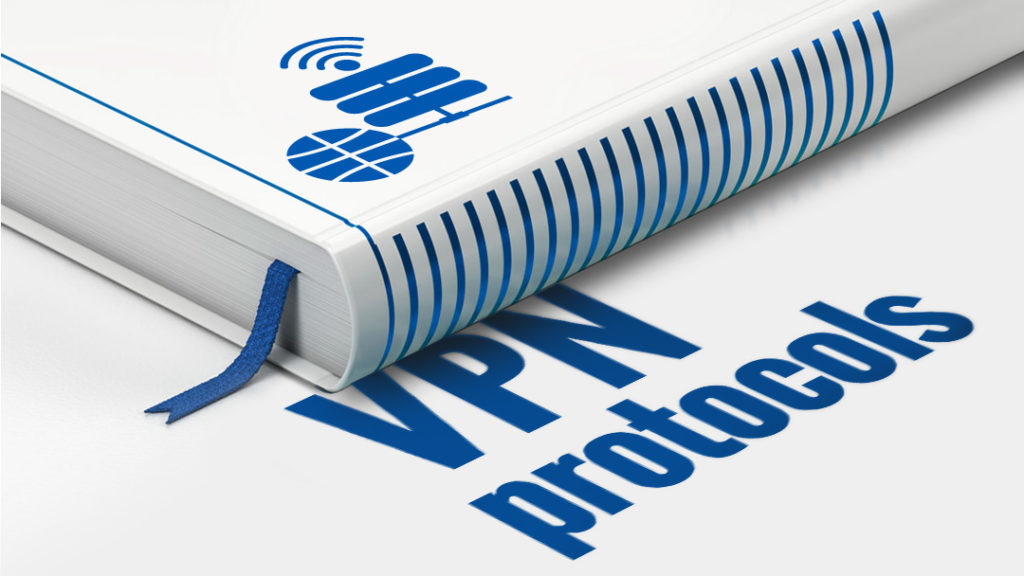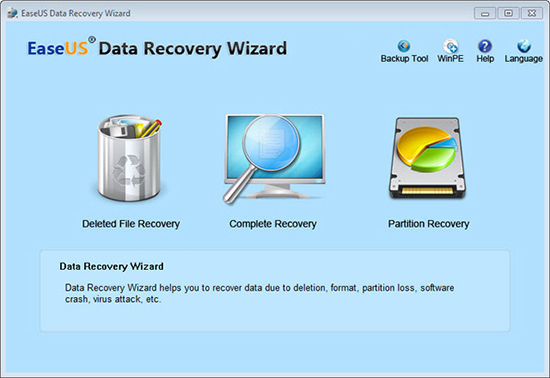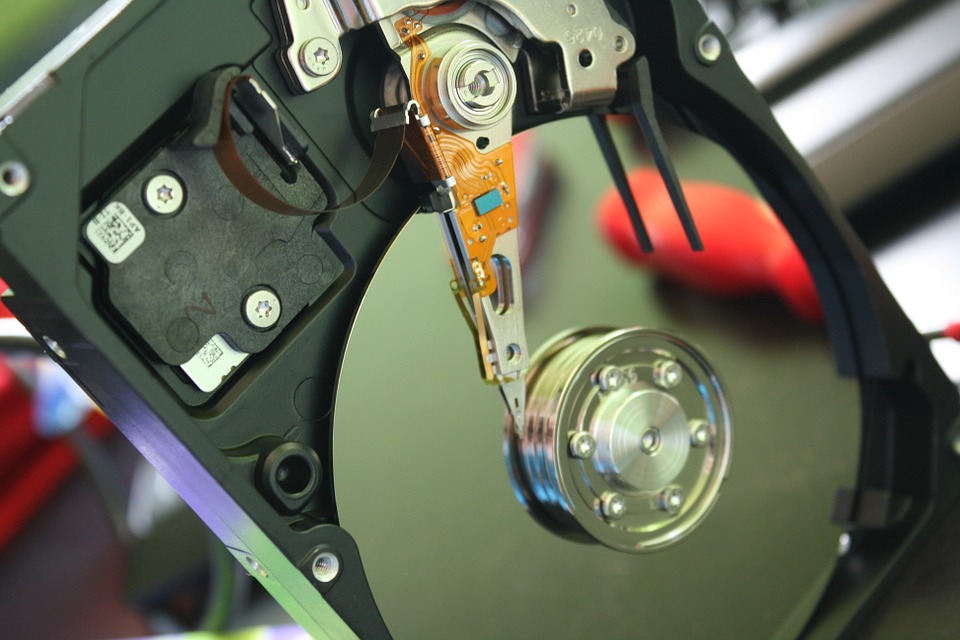Virtual private networks (VPNs) play a critical role when it comes to enhancing privacy, anonymous file sharing, and avoiding censorship. Poland has a long list of VPNs but not all of them are created equally. A virtual private network that is ideal for your needs may not be applicable to another person. Therefore, you need to evaluate your needs and link them to the best VPN in the region. Here are some tips on how to identify the best VPN network in Poland.
-
Assess Your Virtual Private Network Needs
The VPN needs of each user are slightly different. Therefore, you need to carefully evaluate your needs before you start shopping for the best VPN service. In some instances, you will discover that there is no need for shopping because router-based or homegrown solutions that you already own are ideal. However, you need to ask yourself a few questions and see how various VPN features can meet your needs.
-
Does Your Home Network Require a Secure Access?

There is no need to invest in a virtual private network if the only reason is to access your home network securely. This tool will be wrong and not overkill for the job. You will get secure access to a remote network from a remote VPN service provider but not accessing your home network. You can either attach a VPN server to your device or allow it to run on your home router to access your home network. You will ideally run the VPN server at the level of the router for minimal power consumption and best security.
-
The Type of Protocols They Support
VPN protocols are not the same and you want to be sure that you are getting the best. OpenVPN achieves very high security levels with low processing overheads. Most users try their level best to skip PPTP because of security issues and the use of weak encryption. Therefore, most users prefer Open VPN over the other options that are in the market.
Image source: top5-vpn.com
-
The number of Servers they have and the Location
A VPN service that has several nodes all over the world is the best if you wish to access US media like YouTube and Netflix without geo-blocking. Don’t accept anything that is lower than a broad range of servers that are located in several countries.
-
The Number of Concurrent Connection They Allow
You may want to set up your VPV access to more than one device, your home router, or more than one family member. Therefore, don’t assume that you just need a single connection. Also, a user who is security-oriented may require several concurrent connections for the service. You can use multiple exit nodes to configure different devices so that you don’t bundle together your collective or personal traffic. Choose a VPN service that offers concurrent connections even if you don’t need them now.
-
Do They Restrict Services, Limit Bandwidth, or Throttle Connections?
One of the top reasons that motivate people to turn to VPN networks is ISP throttling. Most VPN services are not transparent when it comes to this topic. All people want to stream movies and videos and you don’t want any form of limitations. It’s good to go for a service that does not have any restriction or limitations even if you will pay more for the service.
-
The Payment Method Offered?
Anonymous modes of payment may not be a great priority for you if you are buying VPN Poland for safely routing your traffic back to Poland or offering security to your visitors against the snooping wi-fi nodes while in transit. However, a person who is buying a VPN to evade political harassment should remain anonymous. You can go for services that support anonymous methods of payment like gift cards or cryptocurrency.
Read also: 5 Perks Of Having QuickBooks Pro For Your Business
Conclusion
Choosing a VPN service is not as easy as you may think. The above tips will make sure that you don’t regret your decision. Pay attention to each element so that you make a decision that will add value to your online operations. To know more about privacy protection, please visit vpnAlert.com.
























